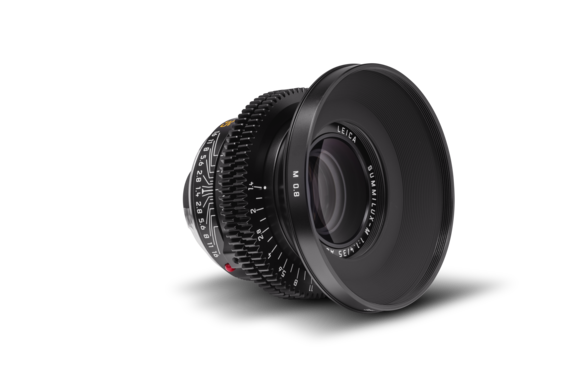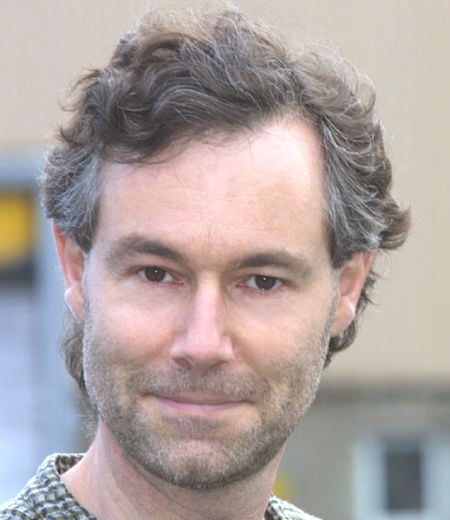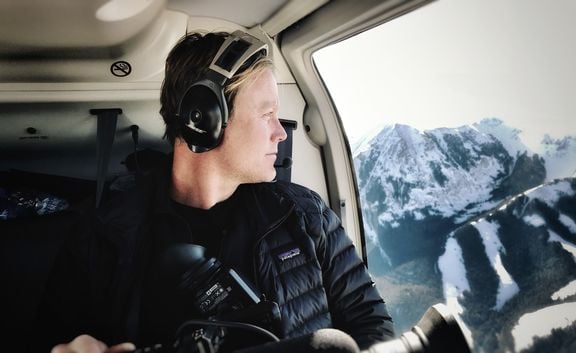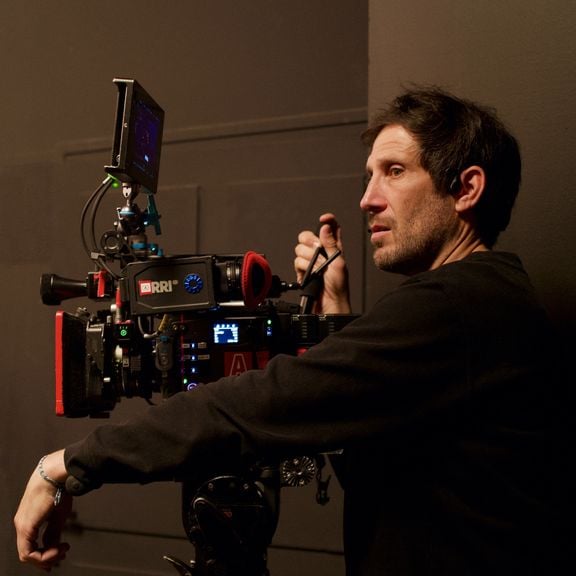Thomas Hardmeier, The Universal Language
Into the Night (2020)
Born in the mid-1960s in German-speaking Switzerland, Thomas Hardmeier spent his entire youth in a village named Küsnacht, which in German means “night kiss”. The name must have delighted Freud’s disciple Carl Gustav Jung. As almost everyone knows, Jung attached major importance to dreams and, as fewer people know, had lived in Küsnacht and died there a few years before
Küsnacht is located on the southern side of Lake Zürich and gently slopes down to the basin that the children and young villagers bathe in throughout the summer.
A dream-like childhood, no doubt, until the age of five when children are obligated to leave their homes and join Kindergarten in order to, among other things, learn the official language: German. (Until then, they will have only spoken Swiss German which even dictionaries refer to as a dialect.)
The shock is severe, but doesn’t it prepare one for separation and incite one to learn other languages?
Thomas’s father, Hansruedi Hardmeier, is a bank clerk who rose through the ranks to end up as a high-echelon manager. He is well read and cultured, an aesthete who frequently takes his children to museums…and to movie theatres.
He also surreptitiously acquires paintings that his wife Emma, who runs the household with a firm hand and frowns at unnecessary and expensive purchases, rarely allows him to hang on the walls.
The youngest of three siblings, Thomas Hardmeier quietly observes the situation. He notes that, despite their dissimilar characters, his parents get along wonderfully. Along the way, he also realizes that since they focus almost entirely on his oldest brother’s escapades and rebellion, he is in a position to do just whatever he wants.
At 12, he enters a Zurich college and uneventfully spends the required number of school years there, proving to be a fairly good student who learns things easily but, as he readily admits, forgets them just as quickly.
What sticks in his mind throughout those years, however, is the idea of working in films. And so, having passed his matura (his A-levels), he methodically tries to enter the tightly-knit world of Swiss cinema. Despite the fact that no one in his family - nor anyone around him, actually - knows anyone who could help him.
But first things first: before he reaches his goal, like all young Swiss, he must do four months of military service. That allows him to observe how a heterogeneous group of individuals reacts when forced to obey orders that he, barely 18, deems useless and stupid. He notices that the only ones that find the exercise enjoyable are the young peasants that are already used to extremely hard work.
From that time on, Thomas Hardmeier is enjoined to keep his weapon at home and, every other year, do three weeks of military service. To make that "sentence" more palatable, he joins the Army’s Film Unit as an assistant cameraman, then ultimately decides to pay the tax that will dispense him from that recurring army “chore” (compulsory in Switzerland until the age of 42!)
Turnus Film, a production company, promises to hire him - but only in a year. In the meantime, therefore, Thomas Hardmeier gets himself a job as an assistant to a photographer that works for a slew of low-cost fashion catalogues.
For his sessions outdoors, that photographer’s choice is to use only a very long 1000mm focal length. That forces his assistant to spend his day running back and forth to liaise with the models that stand about 30 meters away. Which Thomas
Hardmeier does - without forsaking, however, his desire to get into films.
A year later, he joins Turnus Film and learns how to use the Arri BL2 35mm camera with which the producer shoots commercials for the likes of Dash laundry or Milka chocolate. The first year is intense, but then the work decreases until it comes to a complete stop. So, for another year, Thomas Hardmeier repaints the whole studio while serving, off and on, as a maintenance intern at Arri, in Munich, Germany.
He eventually decides to leave Turnus Film and branch out as a freelance camera assistant. But since film jobs are pretty scarce, he spends most of his time in his lab, printing out his black-and-white photographs.
"I had saved some money, so…"
In the early ‘90s, Thomas Hardmeier, now 25, is about to make his first feature film as a second assistant cameraman.
Sammy and Niklaus is a Swiss comedy that features two truck drivers, one Swiss German, the other a French-speaking Swiss, both in love with the same French waitress.
The linguistic uniqueness of Switzerland - one of the smallest countries in the world to have four official languages - is the main comic factor.
To wit: even though he barely speaks French, Thomas Hardmeier must go to the production company located in Geneva.
The moment he walks in, he spots a production assistant sobbing away, tears streaming down her cheeks. Her name is Marie-Odile, she is ten years older than he is, yet she will be both the love of his life and the architect of a destiny that will definitively have him opt for the French language, then for France.
He first moves to Geneva, spectacularly improves his French and works as a first camera assistant on TV films produced by Télévision Suisse Romande. In between, he tries to set up the light design and man the camera on nearly fifty short films.
While working on one of them, he catches the eye of a producer who offers him to shoot his first feature film. As principal cinematographer. Charming Neighbors is a comedy that explores the same theme as Sammy and Niklaus: the unravelling of a “friendly neighborhood” in which Swiss Romans and Swiss Germans co-exist (sort of). Sammy and Niklaus is one of the last films Thomas Hardmeier will make in Switzerland.
The shooting of two documentaries in super 16mm soon takes him for two months in Malaysia, then two more in Africa and in the USA. Which means the dailies will be seen only when the crew returns to Europe. Yes, it was another era - that of analogue film stock which required such mastery from the cinematographer that he had to double up, as it were, as a funambulist in a virtual circus.
In the year 2000, he shoots Nicolas Wadimoff's Mondialito in the Provence city of Arles, starring the (very young) actress Emma de Caunes. The southern light is warm and he pushes it toward the golden. The result is seductive, and the film turns out to be a relative success in France.
Marie-Odile’s sister, who happens to be an agent, mentions him to actor Richard Berry who is preparing his second film as director, Moi César, 10 ½ years old, 1.39m. (I, Caesar, 10 ½ years old, 4ft 6)
After a single twenty-minute meeting during which Thomas Hardmeier hardly spoke, Richard Berry calls him back and offers him the job. At which point, Hardmeier informs him that he has already accepted to shoot a short in Lebanon. Berry finds that honesty (or madness) so appealing that he decides to wait for Hardmeier’s return.
When he does, the studio shoot is instantly confronted with a slew of technical difficulties that Hardmeier solves, methodically, one by one, without ever getting flustered. "I had the beginners’ courage."
Eventually, Thomas Hardmeier will shoot all of Richard Berry's films - five to date - always hoping it won't be the last.
A few years later, Thomas Hardmeier is well established in the French film landscape, marked, among others, by Cédric Anger‘s La prochaine fois, je viserai le coeur (Next Time I’ll aim for the Heart) or Jalil Lespert’s Yves Saint Laurent for which he is nominated for the Césars (French Oscars).
A Swiss German compatriot of Hardmeier’s, Tommaso Vergallo, production manager at Digimage Cinéma, mentions him to director Jean-Pierre Jeunet who is gearing up for his next 3D feature film, The Young and Prodigious T.S. Spivet; in the USA. They meet for half an hour - enough for Jean-Pierre Jeunet to choose him but without ever telling him officially.
"He is guarded, he likes rigorous people.”
Throughout the preparation and principal photography, Hardmeier discovers a director who has a precise vision of his film and works with a storyboard in which every single shot is imagined, visualized and drawn in advance. Spivet’s images are small works of art in motion - for which Thomas Hardmeier receives a César for Best Cinematography in 2014.
Five years later, film production world-wide has drastically changed. In the wake of the TV series phenomenon, new “majors” have emerged. In 2019, Thomas Hardmeier works on the Netflix-produced Into the Night. The series essentially takes place on a plane aboard which, to quote IMDB, “passengers, fleeing radiation from the sun that caused a global disaster on Earth, race from city to city trying to stay ahead of the sun's lethal rays by remaining in the cover of night.”
Most of the series is shot hand-held in a 2:1 format and, rather than the anamorphic Scope, Thomas Hardmeier chooses the Leitz SUMMILUX-C lenses: they all have the same size, the same weight and the same extreme close focus perfect for shooting in the cramped cockpit of the plane. For some scenes, however he goes for the Leitz M0.8 lenses. “They have a very celluloid-like rendering".
In September 2020, between two Covid-induced lockdowns, he starts filming Big Bug, the latest science-fiction opus by Jean-Pierre Jeunet, also produced by Netflix. Thomas Hardmeier appreciates loyalty, which he considers the highest compliment that can be given to his work.
He also strives to keep only the best of his Swiss-German temperament and to erase the direct and overly blunt frankness that could offend the sensitivity and taste for charm that France values so much.
In so doing, he has ended up no longer speaking that much German or Swiss German, using mostly French and English, the historical and universal languages of cinema.
Ariane Damain Vergallo
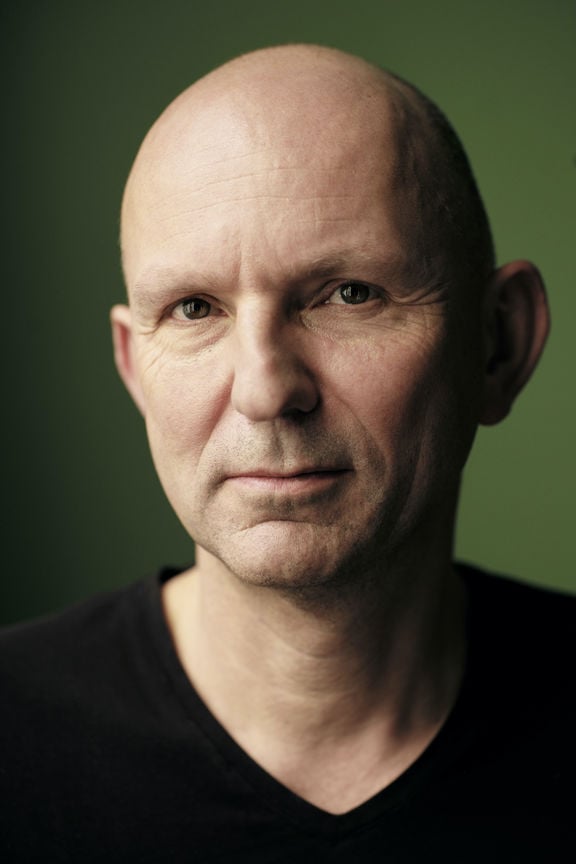
Overview
DoP Thomas Hardmeier
DoB February 16, 1965 (age 60 years)
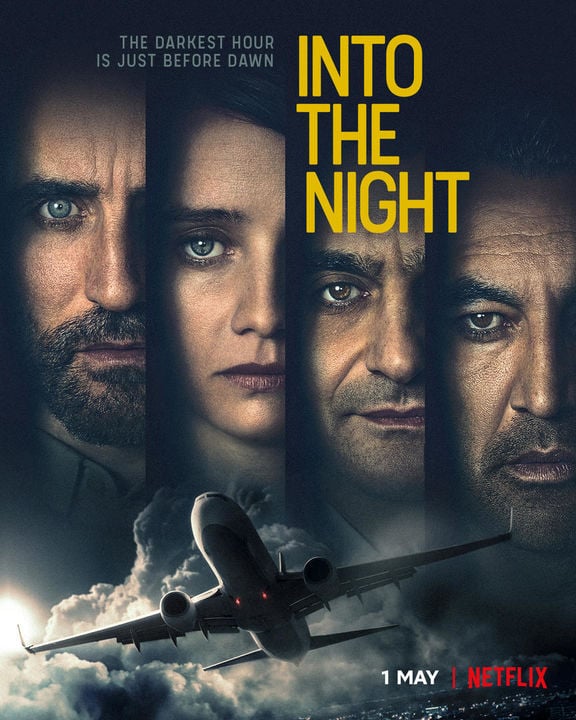
Into the Night
2020 | series
DoP Thomas Hardmeier, AFC I Magdalena Gorka
Director Inti Calfat | Dirk Verheye I Nabil Ben Yadir I Camille Delamarre
Leitz lens M 0.8
Camera Sony CineAlta VENICE I Arri Alexa Mini LF
Production Companies Entre Chien et Loup
Distribution NETFLIX
Equipment Supplier Vantage | Paris
Country Belgium
Lens used
M 0.8
Legacy
Unique and small. A new way to look at light, skin and color.
